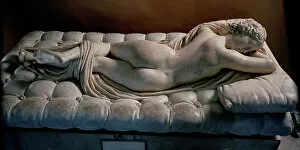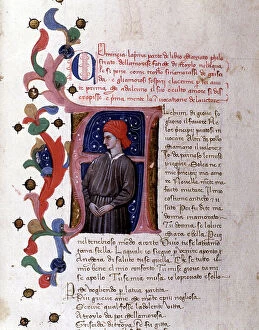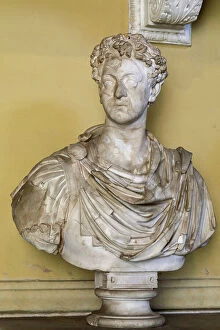Iind Century Collection
The 2nd century was a time of artistic brilliance and cultural diversity, as evidenced by the stunning masterpieces that have survived to this day
All Professionally Made to Order for Quick Shipping
The 2nd century was a time of artistic brilliance and cultural diversity, as evidenced by the stunning masterpieces that have survived to this day. From sculptures to tapestries, each piece tells a unique story and offers a glimpse into the rich history of this era. One such masterpiece is "The Sleeping Hermaphrodite, " a copy after an original from the 2nd century BC. This marble sculpture showcases the delicate beauty of the human form, with Gian Lorenzo Bernini's addition of a mattress adding an element of comfort and tranquility. In contrast, the tapestry known as "Return of Marius Aurelius" transports us to Flanders or Tournai in the late 15th century. Woven with wool, it depicts scenes from ancient Rome and serves as a testament to the enduring fascination with classical themes during this period. Moving on to ceramics, we encounter two ballplayer figurines from the 1st century BC-3rd century CE. These ceramic artworks capture moments frozen in time - one seated and one standing - showcasing athleticism and skill that were highly valued in ancient society. A schist cosmetic palette dating back to the 2nd-3rd century AD reveals another aspect of daily life during this time. Used for grinding cosmetics or pigments, it highlights both practicality and aesthetic sensibilities prevalent among people centuries ago. Marble sculptures also take center stage in our exploration of this era. The Leda statue exemplifies timeless beauty through its portrayal of mythological figures intertwined in an intimate embrace. Meanwhile, Pan and Daphnis come alive through their playful interaction captured in marble form. The Farnese Hercules stands tall as a symbol of strength and power from around AD 160-80 while Xenocrates' head on a herm provides insight into portraiture techniques popularized during this period. Busts play their part too.
















































